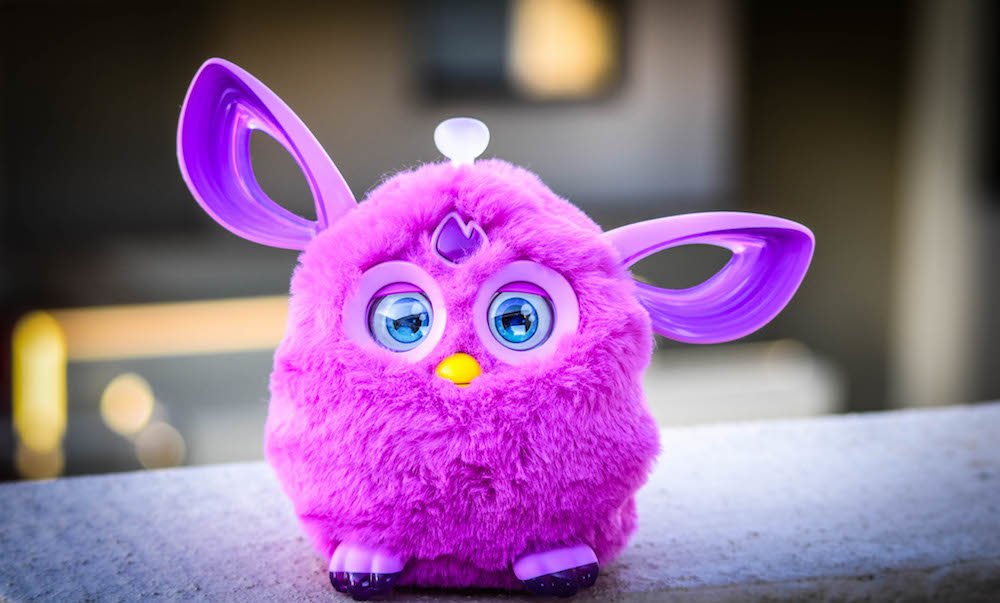
History Of Furby, The Ultimate Electronic Pet

Furby, every 90’s child favorite robotic toy. Whether it was a hamster or an owl we still don’t know, but what we do know is that Furbies sold about 50 million toys worldwide! What makes the Furby an incredibly cute gift is its special language, “Furbysh”, it’s a very simple language made up of a dash of short words and a tad of gibberish, but don’t worry the older they get, the richer their vocabulary becomes.
So, u-nye-loo-lay-doo? (meaning do you want to play? in Furbish of course).
The Brains Behind the Machine
The last quarter of 1998 saw the arrival of a product that completely revolutionized the kid’s toy market and very quickly became the must-have toy for kids around the world. Furby was the product of three ingenious minds; David Hampton, Richard C. Levy and Caleb Chung who created the electronic pet two decades ago to kick-start their journey into the toy industry with a bang, a journey that might not be over yet because 2016 saw a relaunch of the iconic toy.
It is really a tale of how three creative brains came together to create the ultimate in kid’s fun; David Hampton had spent much of his childhood taking apart children’s toys and electronics and then putting back together and would even fix his neighbours’ electronics if they were broken. The electronics and mechanics of internal components fascinated him to the point that by the time he was 13 years of age, he was working at a television repair shop and later even built a ham radio.
Having graduated high school in 1970, Hampton signed up in the Navy to study aviation electronics which saw him travel to numerous places and pick up several languages including Hebrew, Mandarin, Japanese and Thai. By the time his service was over, David had impressed enough people to get several job offers in Silicon Valley, one of which interestingly was a toy development company where a certain Caleb Chung had been working building toys.
In contrast, Caleb Chung did not have a formal educational background in electronics. Having graduated high school, his family moved around several times during his upbringing due to financial insecurity, which in his words, opened his mind to creative possibilities outside the realm of conventional thinking and enabled him to think outside the box. Chung and Hampton had an instant chemistry due to their love for electronics and it’s unsurprising that the two came together to create one of the most iconic toys in history.

Furby was actually inspired by an early 1990’s electronic toy; The Tamagotchi which was on display at the annual Toy Fair trade show in New York
Inspired by Greatness
Furby was actually inspired by an early 1990’s electronic toy; The Tamagotchi which was on display at the annual Toy Fair trade show in New York where David and Chung got their first hands-on experience of the toy. While both of them agreed that the idea was extremely cool, David thought that the toy had one shortcoming, you could not pet the Tamagotchi. This experience got the pair’s creative juices flowing and they decided to design their own toy that you could actually pet; the “Furball” as it was known, spoke a mishmash of languages like Mandarin, Japanese and thai, languages that Hampton had picked up in the Navy.
The Third Musketeer
It was during the licensing of the concept that the third musketeer, Richard C. Levy makes an entry into the story. Having graduated from Boston’s Emerson College with a degree in Television and Cinematography, he spent his early years in film promotions before setting up his own film and documentary production company and later took on an executive role in the WORLDNET satellite company.
Having had experience in the creative industry and marketing, Levy was the perfect candidate to bring Furby to life, and that’s exactly what he did. He was able to ink a deal with Tiger Electronics in 1997 for the development and production of the toy and the acquisition of Tiger Electronics by Hasbro not soon after meant that the trio now had more than enough resources and funding to finally begin development and production of Furby which made it’s official debut at the FAO Schwarz toy store in New York.
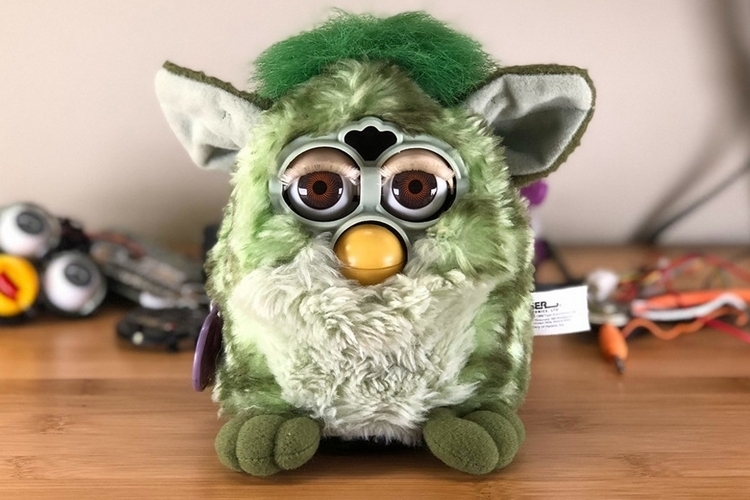
It was in 2016 that Furby finally came back with a Bang; the Furby Connect was an ingenious chapter in the journey of the toy’s success and the latest model was app compatible with unlimited ways to interact with your pet toy
An Instant Success
To say that Furby was an incredible success with the younger crowd would be an understatement; having been put up for sale in only one store in New York, the company had more than 35,000 orders by the end of the week and Furby went on to sell 1.8 million units that particular year before skyrocketing to fame in 1999 which saw the sales jump to 14 million units. Furby sold more than 40 million units in it’s product cycle and even though it was updated and re-introduced in 2005, 2007 and 2012, the relaunches were very poor in comparison to early years.
It was in 2016 that Furby finally came back with a Bang; the Furby Connect was an ingenious chapter in the journey of the toy’s success and the latest model was app compatible with unlimited ways to interact with your pet toy. It now gives the ultimate experience of a virtual world with your own pet toy with unlimited interactive options and you can even hatch new Furblings to build your own imaginary Furby village! Seriously, where is my Furby?
More in Funhouse
-
`
John Travolta Recreates Iconic Grease Dance for 40th Anniversary
Not all the stars are capable of keep shining after all the years they have remained on the big screen but...
January 8, 2025 -
`
Feel the Vibrations with Mr. Excitement: Jackie Wilson’s Last Top Tenner Hits
A stalwart in the music genre of soul and R&B, Jack Leroy Wilson, more popularly known as Jackie Wilson, was an...
January 8, 2025 -
`
5 of The Most Fascinating Discoveries Made in 21st Century
2018 is filled with fascinating discoveries that became headliners because they shed light on some of the hidden secrets of our...
January 8, 2025 -
`
Straight Outta 90’s: Are Slap Bracelets Making a Comeback?
They say fashion can be painful. If that’s true, then we must have been the trendiest kids on the block back...
January 8, 2025 -
`
This Photographer Has The Best Way Of Recreating Throwback Photos
We capture precious moments of our lives every day in the form of still photos and moving videos thanks to the...
January 7, 2025 -
`
Marilyn Monroe’s Iconic Dress Sold For $4.8 Million
Celebrities come and go, some of them come into the limelight but then the career in the industry doesn’t last forever...
January 7, 2025 -
`
What People Get Wrong (And Right) About The Vikings
There are many famous theories about Viking like they were bearded and suppressed everyone around them. But according to Janina Ramirez, this...
January 7, 2025 -
`
Ultimate Guide for Buying Used Retro Games Online
At this age where movies can be easily downloaded via a torrent site or streaming is made easy by the free...
January 7, 2025 -
`
Top ’80s Classic Video Games You Totally Miss
One of the best ways to entertain yourself is playing video games since advanced technology took over the world. These addictive...
January 7, 2025

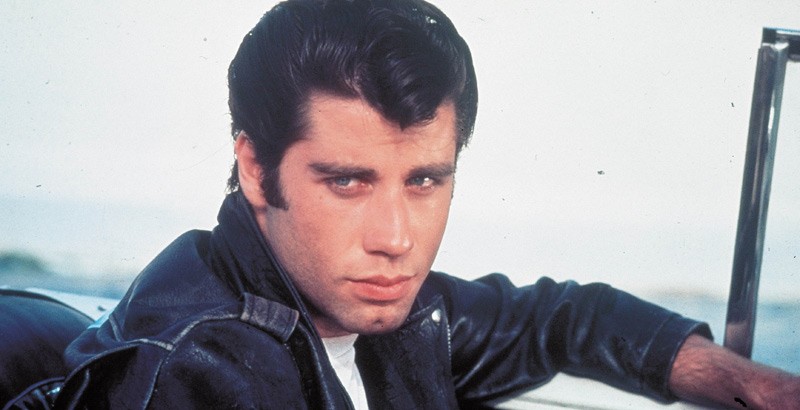


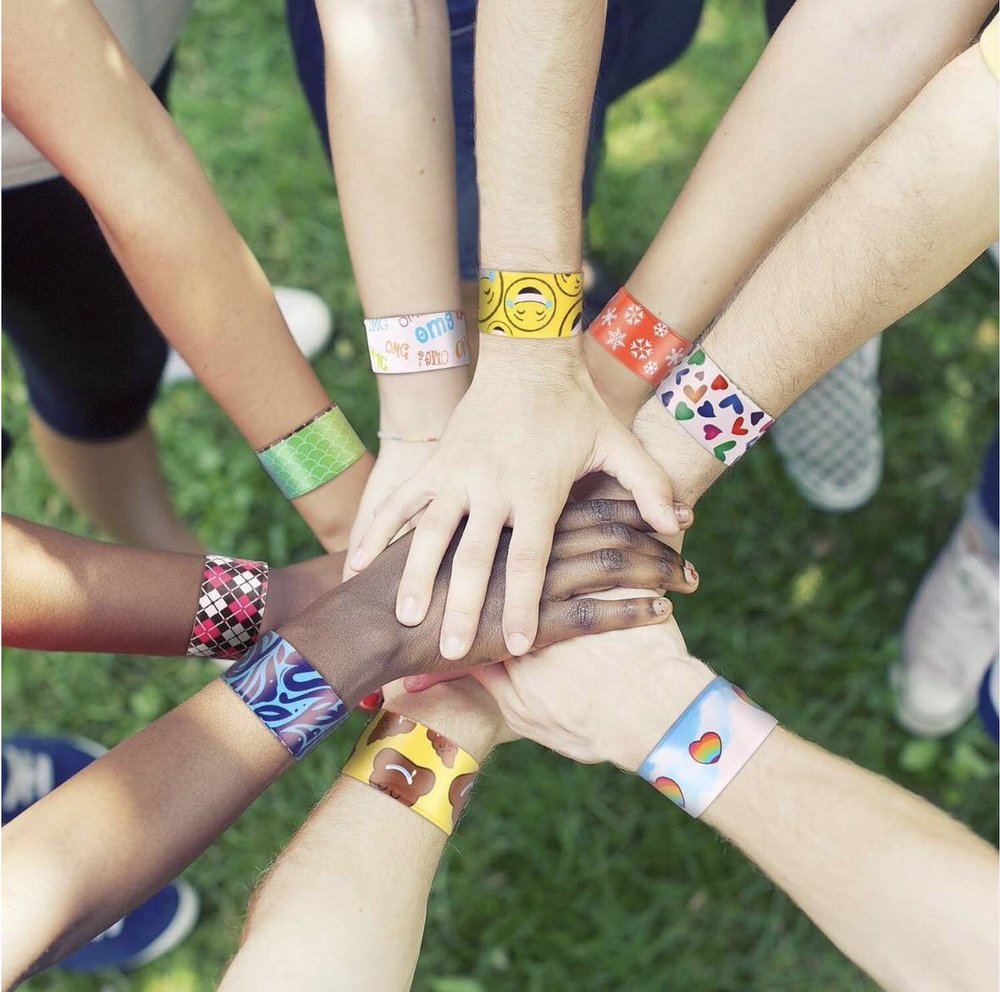
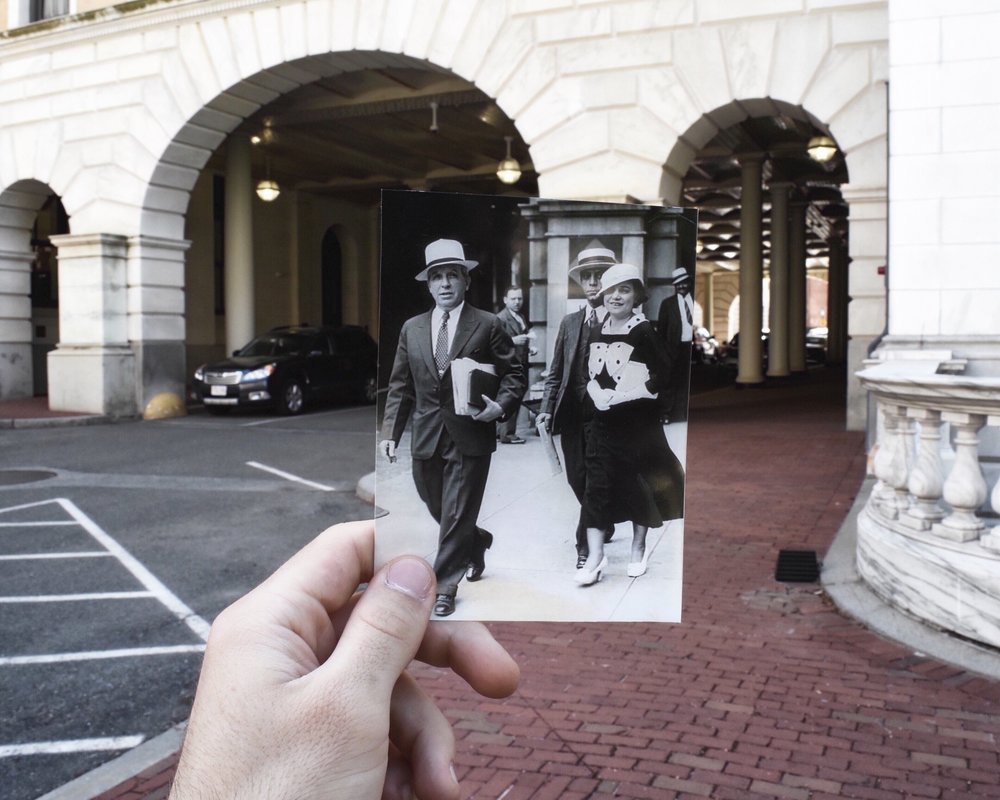

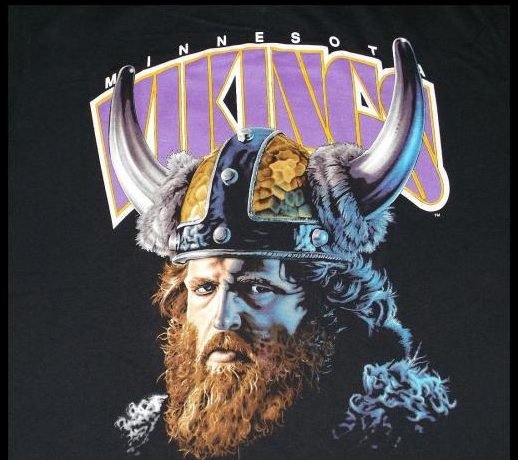
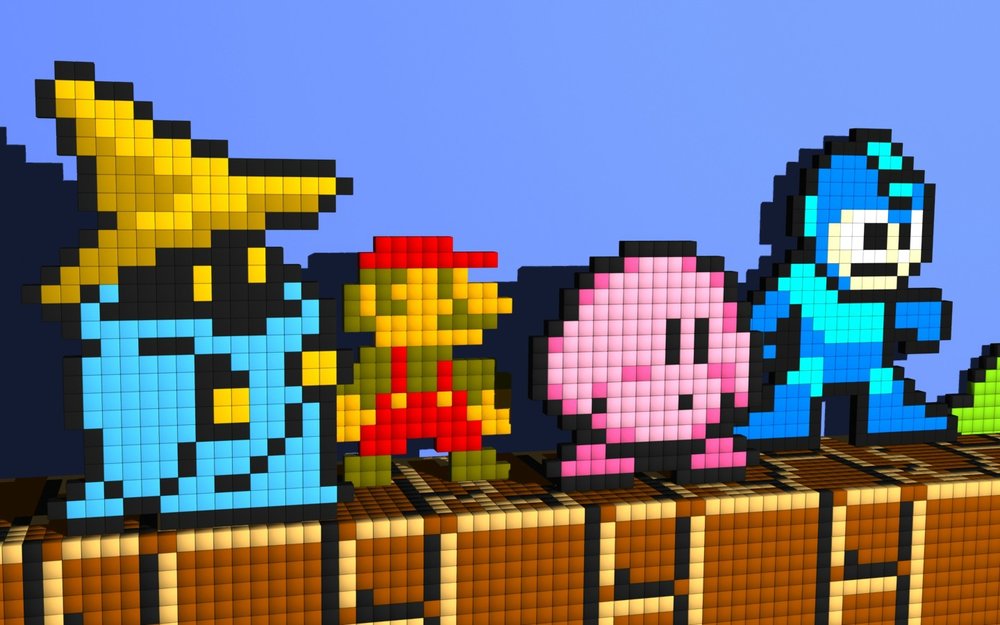
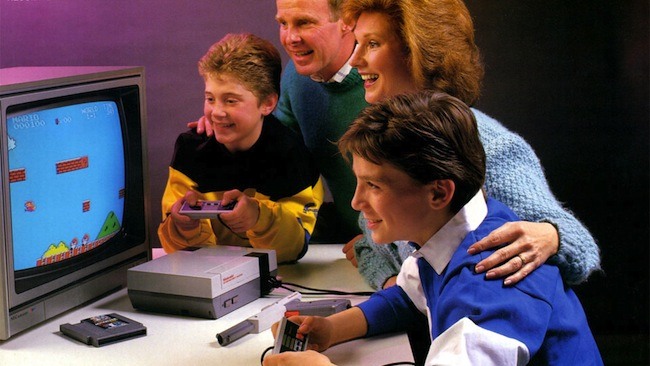
You must be logged in to post a comment Login